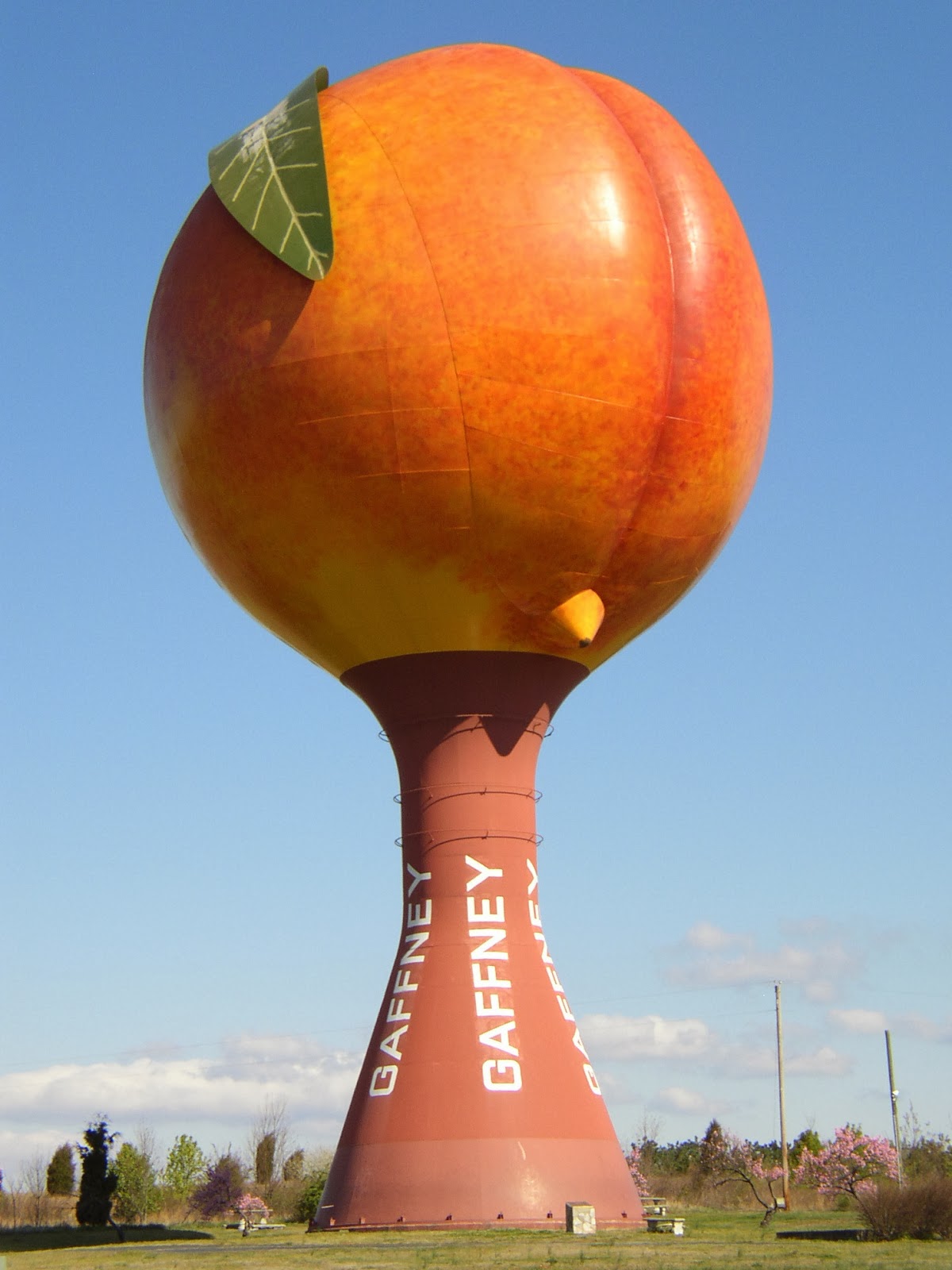

With this, we demonstrate that it is feasible to biologically and ecologically treat water in projects.Įnvironmental Index for Buildings of 1028 Helophyte filters have not been applied in Europe on such a scale before. This saves 80% of the drinking water consumption, at the same time creating a minor water cycle with small amounts of drinking water being supplied by the water company. The treated water that comes out of it is reused to flush all of the building's toilets. The filter has been structurally integrated and forms an architectural element of the building. Wastewater is treated by means of a helophyte filter. All the internal wastewater, including faeces, is treated internally which is why the building is not connected to the sewer. The initiators show that this project is also extremely environmentally friendly in terms of water consumption. And last but not least, it has its own water and sewage treatment plant. This made it possible to partially sink the building into the ground. Second, the tower stands in a former water extraction area, and the groundwater sits at extremely great depths. The tower supplied Bussum with water for a great number of years.

First, it concerns a former water tower, which was sold by PWN Noord-Holland in 1996. Water plays a particular role in the project. Only then can a building claim to be a zero-energy or climate-neutral building. However, as the waste oil is transported by trucks that do emit fossil CO2, extra energy must be produced, more than is consumed to compensate for those CO2 emissions. It means this CO2 does not contribute to the greenhouse effect, unlike fossil fuels which are currently emitting CO2 that was stored millions of years ago. Neither does it contribute to the greenhouse effect: plants absorb CO2 and emit this when they rot or when burned. As such, the building will be entirely self-sufficient in terms of energy supply.Īs the cogeneration system is fired with vegetable waste oil (domestic and industrial), it does not put a burden on farmland intended for food production. That means that the cogeneration system is expected to produce another 110,000 kWh per year. Approximately 30 m2 of solar panels have been installed and they are expected to generate 3,200 kWh per year. This figure cannot be exceeded due to dynamic forces. It is expected to generate approximately 8,000 kWh on an annual basis. A small windmill has been installed on top of the tower.

This is done by means of wind energy, PV cells and the cogeneration system. This is why the building does not need a gas connection.Īll of the required electric energy is generated by the internal systems. When cooling, the cold is also taken from the building via the concrete core activation in combination with ventilation. Cooling is also controlled via the cogeneration system by means of an absorption refrigeration machine that can convert heat into cold, and stored cold in the soil. In extremely cold conditions, stored heat in the soil is used for top heating, but the system also has cooling options. Met by the cogeneration system, which, along with the concrete core activation, can heat up the entire building.


 0 kommentar(er)
0 kommentar(er)
